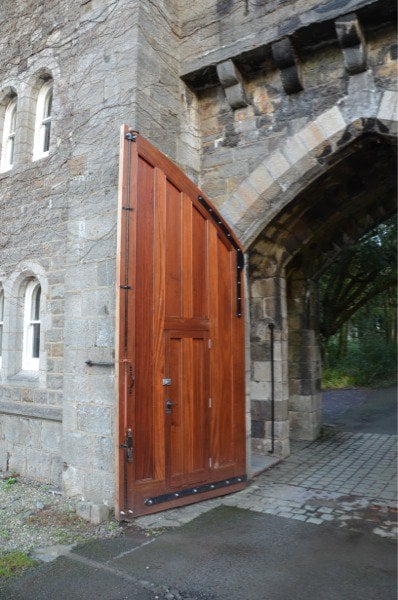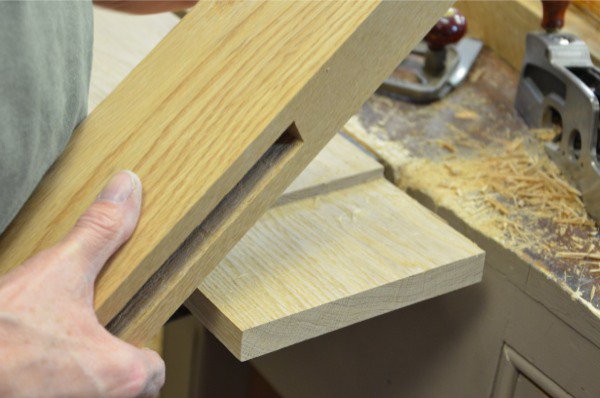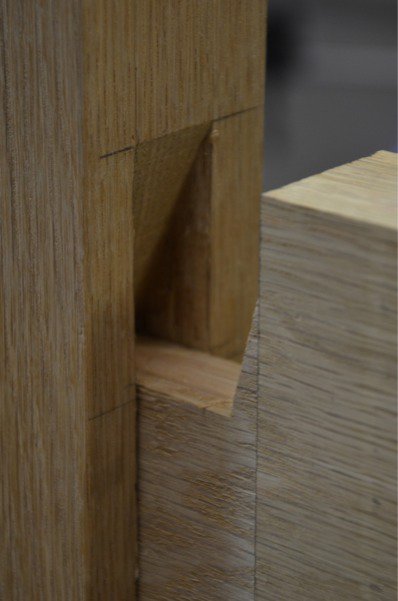Questions Answered – Can You Fix Twisted Doors?
Hello Paul,
I am making a cabinet door approx. 6ft x 2ft with a central rail. I have cut all the mortise and tenon joints and assembled it to check on how it fits together before grooving the frame for the ply infill panels. Unfortunately I find I have a slight twist in the frame and wondered if you have any tips as to how I rectify this before I get to the gluing up stage.
Thanks,
Richard.
Answer:

1) The material itself must be dry and dried to try to match its estimated moisture content in the environment it will live in when done. Not so easy. The reason for this is that moisture exchanges can cause wood to absorb moisture at differing rates and cause twist after construction. Drying to around 10% is a good maxim. Working in an environment that’s dry is ideal.
2) Planing stock dead flat and out of twist (even minute twist) is imperative. The reason for this is that you will cut mortises parallel to the outside faces of the stock and so the mortise holes will be conformed to the twist of the door stile. So too the rails with the tenons. If just one rail is twisted it will fight the others and the stiles and can cause slight twist.

4) Check the shoulder alignment; that the shoulders are dead square from side to side. if there is a variance in the shoulders and you clamp them tight, this too can cause twist, even if it is just one shoulder that’s out.

6) And my last consideration. Sometimes the surface you clamp on is twisted or the clamps are not properly aligned. This can clamp a frame in twist.



This a problem i face with most frames mind you saying that im still learning..One question why do you do a mortise and tenon with the haunch at a slant?
Here is a link to recent blog where I answered this for another questioner:
https://paulsellers.com/2014/01/questions-answered-big-tenons-reduced/